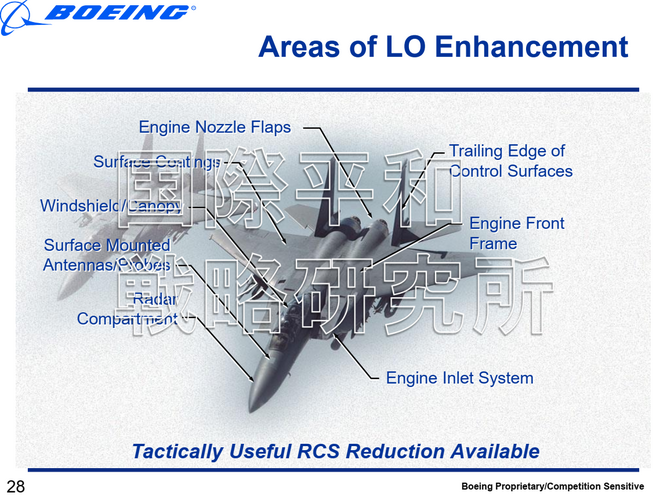To be fair there was a small supply chain disruption and a little bit of inflation after the economy all but shut down…Well it IS Boeing we're talking about.
You are using an out of date browser. It may not display this or other websites correctly.
You should upgrade or use an alternative browser.
You should upgrade or use an alternative browser.
- Joined
- 3 June 2011
- Messages
- 17,332
- Reaction score
- 9,069
True. Funny how it's always Boeing in the news for being late, under performing, and over charging though. *cough* Starliner.To be fair there was a small supply chain disruption and a little bit of inflation after the economy all but shut down…Well it IS Boeing we're talking about.
No doubt they earned some well deserved criticism there. It does though feel like a bit of a cheap shot to lay at the feet of poor management things that are economy wide problems.True. Funny how it's always Boeing in the news for being late, under performing, and over charging though. *cough* Starliner.To be fair there was a small supply chain disruption and a little bit of inflation after the economy all but shut down…Well it IS Boeing we're talking about.
Just yesterday I had a conversation with an engineer in the industry who complained about how hard it is now to source titanium with the current sanctions. When a significant portion of the available global market becomes unavailable just getting the stuff, never mind the cost, is pretty hard.
- Joined
- 3 June 2011
- Messages
- 17,332
- Reaction score
- 9,069
Try getting fasteners.No doubt they earned some well deserved criticism there. It does though feel like a bit of a cheap shot to lay at the feet of poor management things that are economy wide problems.True. Funny how it's always Boeing in the news for being late, under performing, and over charging though. *cough* Starliner.To be fair there was a small supply chain disruption and a little bit of inflation after the economy all but shut down…Well it IS Boeing we're talking about.
Just yesterday I had a conversation with an engineer in the industry who complained about how hard it is now to source titanium with the current sanctions. When a significant portion of the available global market becomes unavailable just getting the stuff, never mind the cost, is pretty hard.
P.S. Yes, it was a cheapshot. Just annoyed at the latest Starliner drama.
Forest Green
ACCESS: Above Top Secret
- Joined
- 11 June 2019
- Messages
- 5,093
- Reaction score
- 6,674
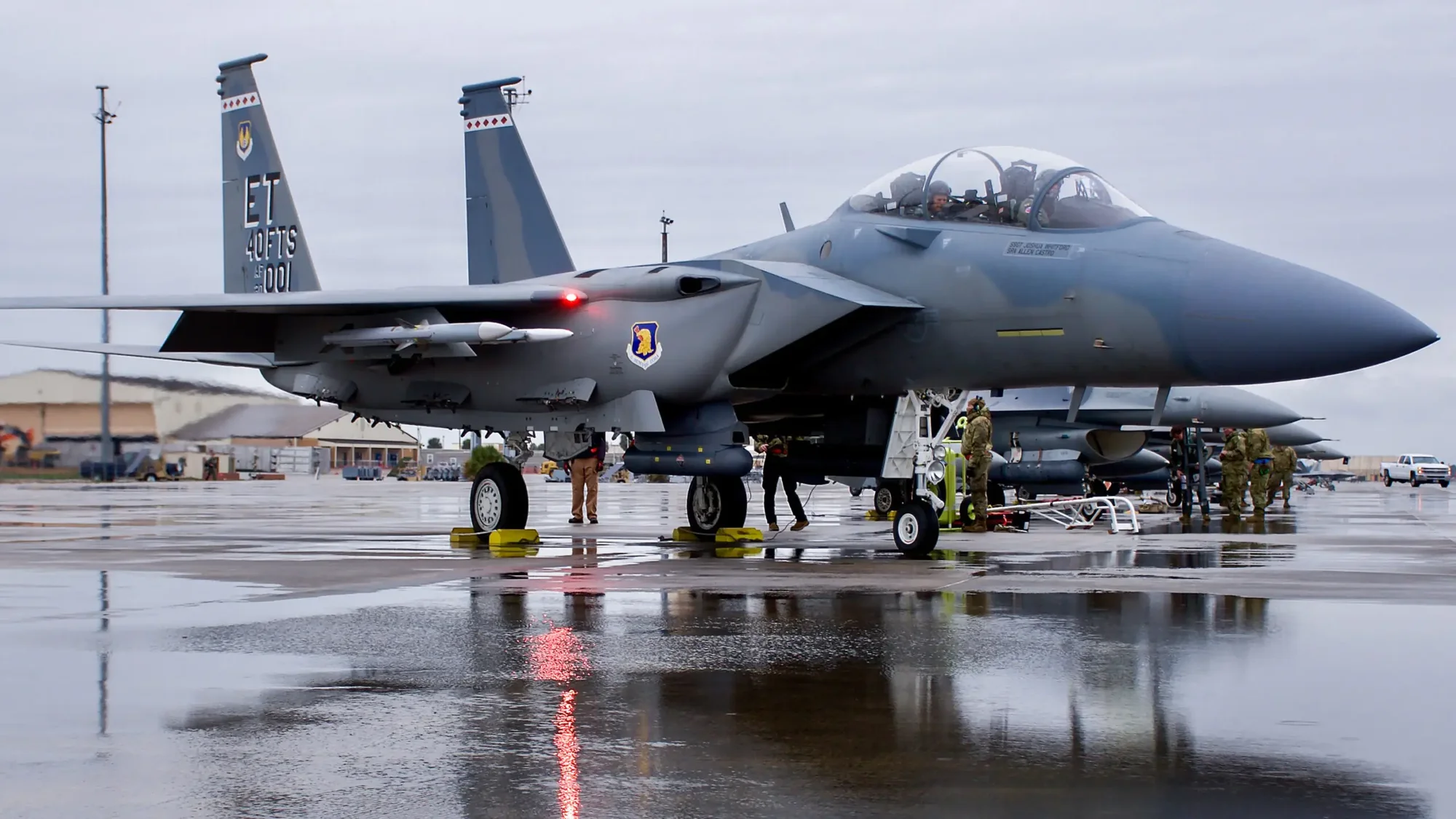
This Is Why F-15EX Deliveries Have Been Delayed
Manufacturing issues and uncertainties over production quantities explain why the Air Force has only received two of the jets to date.
It must be hard to put a 53 year old design in production.
This Is Why F-15EX Deliveries Have Been Delayed
Manufacturing issues and uncertainties over production quantities explain why the Air Force has only received two of the jets to date.www.thedrive.com
- Joined
- 3 June 2011
- Messages
- 17,332
- Reaction score
- 9,069
It never left production. Then again it is Boeing.It must be hard to put a 53 year old design in production.
This Is Why F-15EX Deliveries Have Been Delayed
Manufacturing issues and uncertainties over production quantities explain why the Air Force has only received two of the jets to date.www.thedrive.com
aonestudio
I really should change my personal text
- Joined
- 11 March 2018
- Messages
- 2,546
- Reaction score
- 5,969
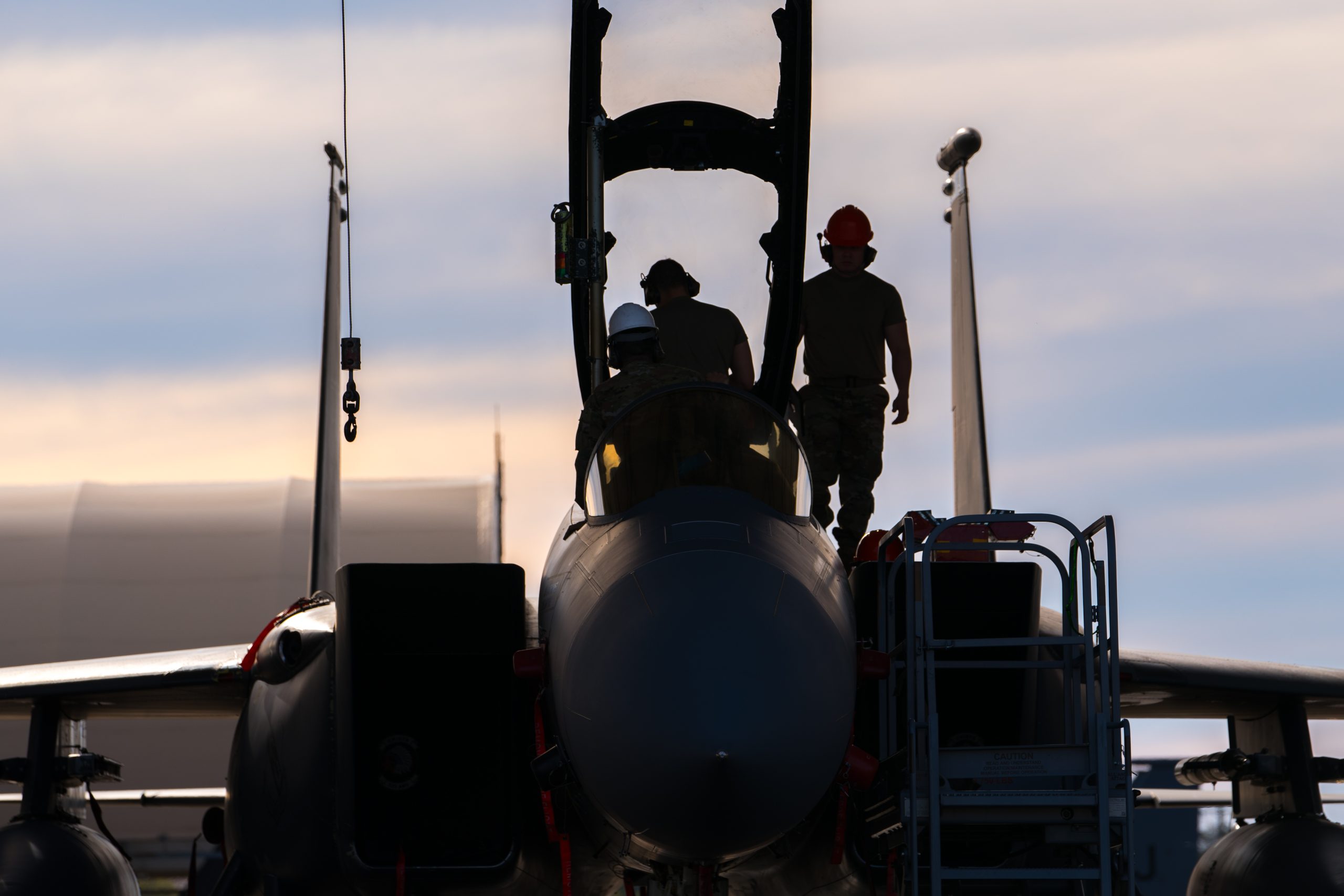
Air Force Wants to Cut F-15E Fleet in Half to Focus on Modernizing, Brown Says
The Air Force plans to decrease its F-15E fleet to 99 aircraft in the coming years—cutting more than 100 Strike Eagles.
Scott Kenny
ACCESS: Above Top Secret
- Joined
- 15 May 2023
- Messages
- 5,996
- Reaction score
- 4,842
No money for it, probably. Plus with 100+ with the -220 (and who knows how many F15C/Ds and F-16s with them), that's not a severe problem in terms of maintenance. But with reducing F-15C/D numbers they may not have the maintenance balance anymore.Why weren’t early F-15Es upgraded with the -229 engine?
I think part of what is driving the USAF to cut back its fighter force (besides the obvious cost reasons) is the reduced Russian threat combined with the increased Chinese threat.
There are plenty of friendly bases from one end of Europe to the other for tactical fighters and their tankers, but that role seems increasingly unnecessary in the short, medium and long terms. Short term, the VKS is quite busy. Medium term, they (and supporting missile forces) proved less able to interdict air bases than most would have imagined and now would operate with a huge PGM deficit. The war also has to be destroying maintenance cycles and burning through engine life. Long term, local NATO members will have sufficient tactical air power to contest Russia with minimal US tactical fighter involvement. Poland, Norway, and Finland alone will eventually put ~150 F-35s right up against the Russian border, and there will probably be a few dozen in other Eastern European countries as well, before we even get to larger Western European air forces (or Turkey, were it to get involved). Clearly more is better, but a big USAF tactical fighter presence* doesn't seem absolutely necessary over most any timeframe, and the VKS is unlikely to meaningfully expand for a decade.
* (though there are probably a lot of supporting aircraft roles the USAF can uniquely supply)
The opposite is true in China - there would be a vast need for additional tactical firepower,..but almost no safe place to base it. The limiting factor would be not how many aircraft in total could be brought into theater but rather how many could be supported from dispersed fields with minimal cover and facilities. I suspect the USAF has a lot more fighters than it could reasonably rearm and refuel in a dispersed fashion the western pacific theater.
Net effect seems to be that USAF wants to down size the fighter force to use that money for future longer ranged platforms and current munitions purchases instead.
There are plenty of friendly bases from one end of Europe to the other for tactical fighters and their tankers, but that role seems increasingly unnecessary in the short, medium and long terms. Short term, the VKS is quite busy. Medium term, they (and supporting missile forces) proved less able to interdict air bases than most would have imagined and now would operate with a huge PGM deficit. The war also has to be destroying maintenance cycles and burning through engine life. Long term, local NATO members will have sufficient tactical air power to contest Russia with minimal US tactical fighter involvement. Poland, Norway, and Finland alone will eventually put ~150 F-35s right up against the Russian border, and there will probably be a few dozen in other Eastern European countries as well, before we even get to larger Western European air forces (or Turkey, were it to get involved). Clearly more is better, but a big USAF tactical fighter presence* doesn't seem absolutely necessary over most any timeframe, and the VKS is unlikely to meaningfully expand for a decade.
* (though there are probably a lot of supporting aircraft roles the USAF can uniquely supply)
The opposite is true in China - there would be a vast need for additional tactical firepower,..but almost no safe place to base it. The limiting factor would be not how many aircraft in total could be brought into theater but rather how many could be supported from dispersed fields with minimal cover and facilities. I suspect the USAF has a lot more fighters than it could reasonably rearm and refuel in a dispersed fashion the western pacific theater.
Net effect seems to be that USAF wants to down size the fighter force to use that money for future longer ranged platforms and current munitions purchases instead.
Scott Kenny
ACCESS: Above Top Secret
- Joined
- 15 May 2023
- Messages
- 5,996
- Reaction score
- 4,842
While I follow your logic, I don't think it's a good decision.I think part of what is driving the USAF to cut back its fighter force (besides the obvious cost reasons) is the reduced Russian threat combined with the increased Chinese threat.
There are plenty of friendly bases from one end of Europe to the other for tactical fighters and their tankers, but that role seems increasingly unnecessary in the short, medium and long terms. Short term, the VKS is quite busy. Medium term, they (and supporting missile forces) proved less able to interdict air bases than most would have imagined and now would operate with a huge PGM deficit. The war also has to be destroying maintenance cycles and burning through engine life. Long term, local NATO members will have sufficient tactical air power to contest Russia with minimal US tactical fighter involvement. Poland, Norway, and Finland alone will eventually put ~150 F-35s right up against the Russian border, and there will probably be a few dozen in other Eastern European countries as well, before we even get to larger Western European air forces (or Turkey, were it to get involved). Clearly more is better, but a big USAF tactical fighter presence* doesn't seem absolutely necessary over most any timeframe, and the VKS is unlikely to meaningfully expand for a decade.
* (though there are probably a lot of supporting aircraft roles the USAF can uniquely supply)
The opposite is true in China - there would be a vast need for additional tactical firepower,..but almost no safe place to base it. The limiting factor would be not how many aircraft in total could be brought into theater but rather how many could be supported from dispersed fields with minimal cover and facilities. I suspect the USAF has a lot more fighters than it could reasonably rearm and refuel in a dispersed fashion the western pacific theater.
Net effect seems to be that USAF wants to down size the fighter force to use that money for future longer ranged platforms and current munitions purchases instead.
Why?While I follow your logic, I don't think it's a good decision.
Scott Kenny
ACCESS: Above Top Secret
- Joined
- 15 May 2023
- Messages
- 5,996
- Reaction score
- 4,842
Cutting fighters NOW without an aircraft to replace them already being delivered is a guaranteed permanent cut to the total number of aircraft the USAF will fly. It's how government budgets work. If you don't use everything you have been given, you will not be given as much next budget cycle. Been proven in every government and military since military budgets were invented!Why?
Cutting fighters NOW without an aircraft to replace them already being delivered is a guaranteed permanent cut to the total number of aircraft the USAF will fly. It's how government budgets work. If you don't use everything you have been given, you will not be given as much next budget cycle. Been proven in every government and military since military budgets were invented!
I disagree with that logic. Defense budgets spiral ever upward, especially in environments where there is a tangible threat. IMO what drives down fighter purchases is the cost per airframe always skyrocketing. Clinging to outdated or redundant aircraft doesn’t solve the problem, IMO.
Scott Kenny
ACCESS: Above Top Secret
- Joined
- 15 May 2023
- Messages
- 5,996
- Reaction score
- 4,842
Getting rid of aircraft before you have their replacement being delivered is guaranteed to result in reduced manning budgets and Reductions in Force (or whatever the current name for semi-voluntary drawdowns is this year), so that when you finally do get the replacement aircraft, you then have to fight to recruit more crews for them. This increases the apparent costs of the program and leads to reductions in purchase numbers that you cannot afford.I disagree with that logic. Defense budgets spiral ever upward, especially in environments where there is a tangible threat. IMO what drives down fighter purchases is the cost per airframe always skyrocketing. Clinging to outdated or redundant aircraft doesn’t solve the problem, IMO.
Getting rid of aircraft before you have their replacement being delivered is guaranteed to result in reduced manning budgets and Reductions in Force (or whatever the current name for semi-voluntary drawdowns is this year), so that when you finally do get the replacement aircraft, you then have to fight to recruit more crews for them. This increases the apparent costs of the program and leads to reductions in purchase numbers that you cannot afford.
Fair enough. Even if the move to a more UCAV centric force is successful, the maintainers still need to be available even if the pilots don’t.
Getting rid of aircraft before you have their replacement being delivered is guaranteed to result in reduced manning budgets and Reductions in Force (or whatever the current name for semi-voluntary drawdowns is this year),
Conversely that can be dealt with a proactive intervention to convince the bean-counters that numbers need to be maintained and if that doesn't work said bean-counters can be reminded of something called the firing-squad, that will definitely result in them being compliant.
Scott Kenny
ACCESS: Above Top Secret
- Joined
- 15 May 2023
- Messages
- 5,996
- Reaction score
- 4,842
Exactly. And since the USAF is stupidly requiring drone pilots to be officers, I am including the pilots in the total manning.Fair enough. Even if the move to a more UCAV centric force is successful, the maintainers still need to be available even if the pilots don’t.
Even that doesn't work well, see the British troubles prying money out of Treasury to pay for things that should be included in their combat craft but weren't included at construction. AKA "Fitted for, but not with," which should be a profanity.Conversely that can be dealt with a proactive intervention to convince the bean-counters that numbers need to be maintained and if that doesn't work said bean-counters can be reminded of something called the firing-squad, that will definitely result in them being compliant.
Forest Green
ACCESS: Above Top Secret
- Joined
- 11 June 2019
- Messages
- 5,093
- Reaction score
- 6,674
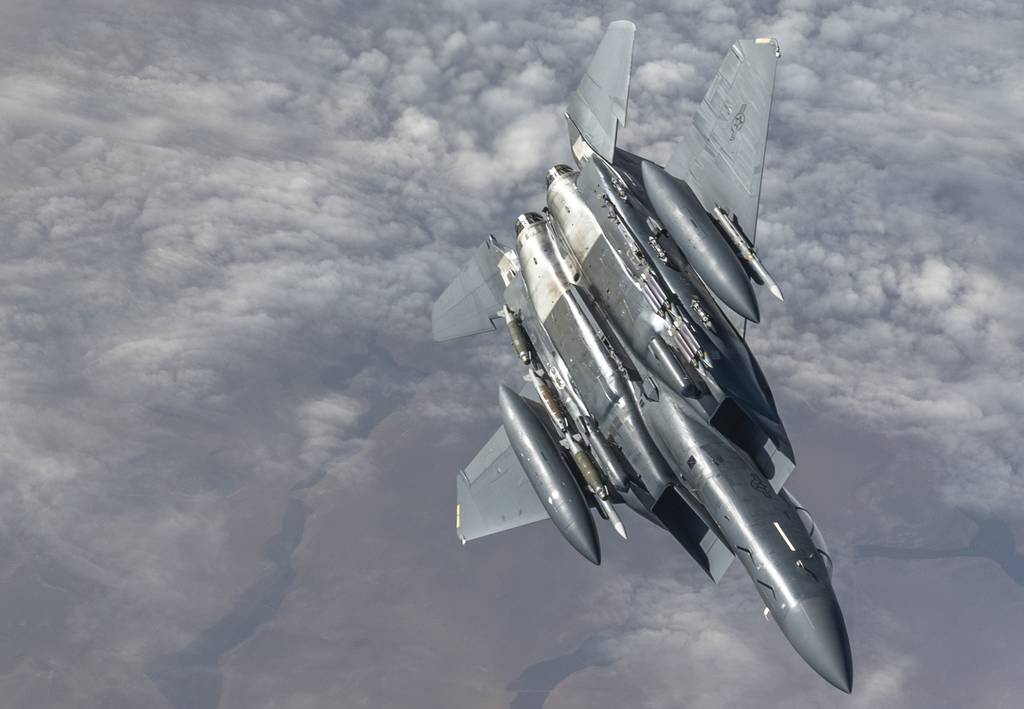
New NDAA amendment would add two more F-15EXs for Air Guard in 2025
House lawmakers want to boost the Air Force's F-15EX purchases in 2025 by eight, and have added more than $122 million to the NDAA to pay for them.
aonestudio
I really should change my personal text
- Joined
- 11 March 2018
- Messages
- 2,546
- Reaction score
- 5,969
- Joined
- 21 April 2009
- Messages
- 13,170
- Reaction score
- 6,056
Boeing Rolls Out Third F-15EX After 2 1/2-Year Delivery Gap | Aviation Week Network
The aircraft in yellow and green primer paint was shown crossing a street dividing Boeing’s factory from the airport.
aonestudio
I really should change my personal text
- Joined
- 11 March 2018
- Messages
- 2,546
- Reaction score
- 5,969

Indonesia Announces Commitment to Acquire Boeing F-15EX
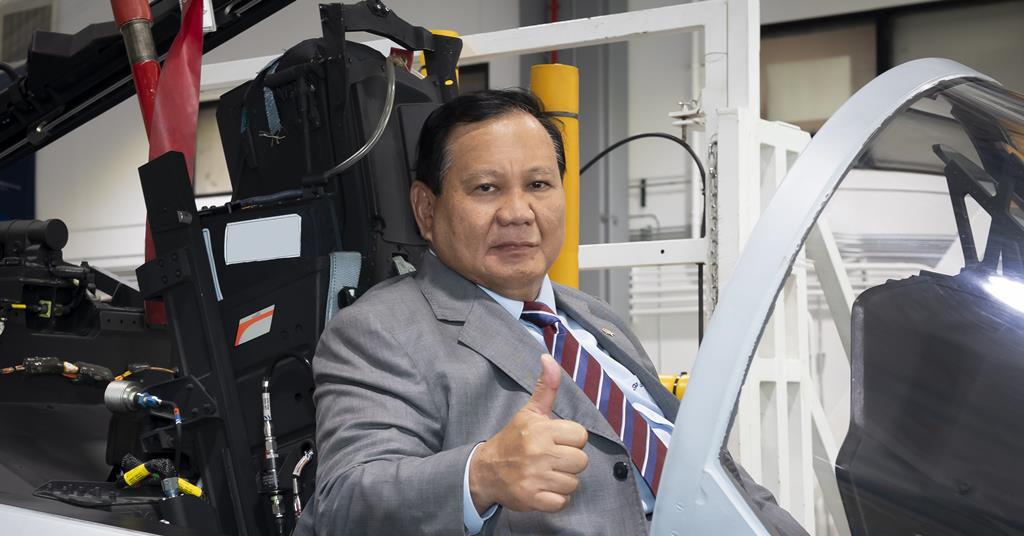
Indonesia signs MOU for potential 24 F-15EX fighters
Indonesia has signed a memorandum of understanding to acquire up to 24 Boeing F-15EX fighters during a visit by defence minister Prabowo Subianto to the USA.

Indonesia, Boeing sign deal for sale of F-15 fighter jets
Indonesia's defence ministry and U.S. planemaker Boeing have signed an agreement on the sale of 24 F-15EX fighter jets to help modernise the Southeast Asian country's ageing fleet, the ministry and the company said.
- Joined
- 29 November 2010
- Messages
- 1,703
- Reaction score
- 3,212
im very curious to what the Indonesian Air Force will be like in the next 5-10 years.
it feels like they are operating too many types, which I imagine could be a logistic nightmare at some point.
there's still the incoming KF-21 too.
it feels like they are operating too many types, which I imagine could be a logistic nightmare at some point.
there's still the incoming KF-21 too.
- Joined
- 11 February 2010
- Messages
- 1,451
- Reaction score
- 1,955
im very curious to what the Indonesian Air Force will be like in the next 5-10 years.
it feels like they are operating too many types, which I imagine could be a logistic nightmare at some point.
there's still the incoming KF-21 too.
Well Flanker fleet is expected to be retired in 2030's. Logistic nightmare is just an excuse tbh.
The hope is that there would be some commonalities in maintenance tools, service manuals etc. Still we would ended up having more twin engine types than single engine (Rafale, F-15EX, KF-21 vs Mirage & F-16) Which made me laugh as there were those in top brass consider that Flankers are more expensive to operate due to twin engine nature. Fking ridiculous.
- Joined
- 25 January 2020
- Messages
- 1,075
- Reaction score
- 1,506
I did hear rumours that the Indonesians were showing interest in the F-35 as a long term replacement for some the single-engined types. Not sure how realistic these claims are though.Mirage & F-16) Which made me laugh as there were those in top brass consider that Flankers are more expensive to operate due to twin engine nature. Fking ridiculous.
- Joined
- 11 February 2010
- Messages
- 1,451
- Reaction score
- 1,955
I did hear rumours that the Indonesians were showing interest in the F-35 as a long term replacement for some the single-engined types. Not sure how realistic these claims are though.
It was real. But US doesnt allow that. F-15EX deal was the compromise as the MoD wants some high performance aircraft but dont actually want to buy Viper.
but dont actually want to buy Viper.
Are you referring to the F-16V?
- Joined
- 11 February 2010
- Messages
- 1,451
- Reaction score
- 1,955
Yeah.Are you referring to the F-16V?
That was however back in the day, right now things can change and it's not the first time MoD licking its own spit.
- Joined
- 11 February 2010
- Messages
- 1,451
- Reaction score
- 1,955
I'm surprised Indonesia has twin engine types at all. Is this a range/endurance issue? I feel like the whole safety over water thing no longer applies with modern engine reliability.
Well, first thing. we're that big.
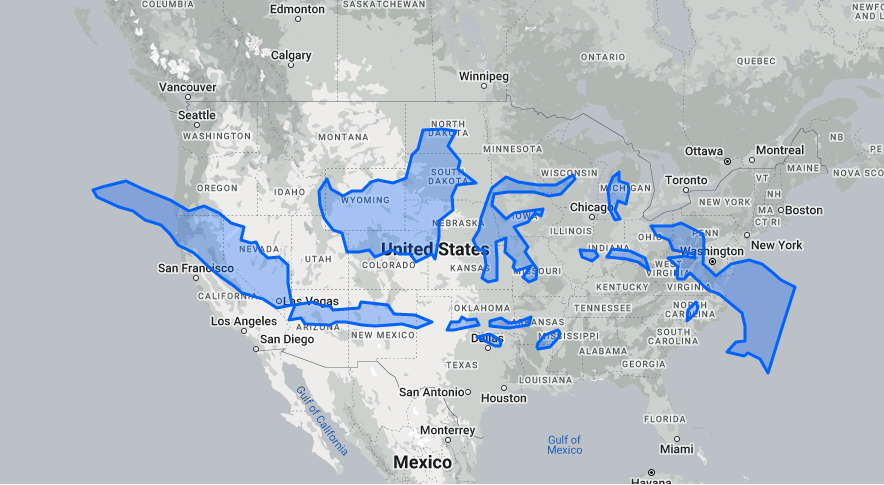
So range is a plus. The second is twin engine have high T/W and therefore relatively faster acceleration, good for intercepts especially those types with high transonic speed and high altitude (e.g Gulfstream) Afaik our airforce have trouble catching them with single engine. Su-27 and 30 is always assigned for this type of intercept.
Back in the day we were seeking Typhoon for similar reason.
Forest Green
ACCESS: Above Top Secret
- Joined
- 11 June 2019
- Messages
- 5,093
- Reaction score
- 6,674
RavenOne
ACCESS: Top Secret
- Joined
- 18 June 2008
- Messages
- 865
- Reaction score
- 1,963
Now Indonesia is committed to purchasing 24 x F-15EX

 boeing.mediaroom.com
boeing.mediaroom.com
cheers

Indonesia Announces Commitment to Acquire Boeing F-15EX
cheers
- Joined
- 11 February 2010
- Messages
- 1,451
- Reaction score
- 1,955
The Real commitment tho is when the LOA (Letter of Acceptance) Is signed.
This is really good info. Thanks for posting...I learned a lot today!Well, first thing. we're that big.
View attachment 706416
So range is a plus. The second is twin engine have high T/W and therefore relatively faster acceleration, good for intercepts especially those types with high transonic speed and high altitude (e.g Gulfstream) Afaik our airforce have trouble catching them with single engine. Su-27 and 30 is always assigned for this type of intercept.
Back in the day we were seeking Typhoon for similar reason.
Now that the F-15EX’s first integrated test and evaluation phase is done, the Air Force said, its Operational Test and Evaluation Center as well as the Pentagon’s Director of Operational Test and Evaluation office will analyze the collected data. This data will be used to help make a decision on full-rate production for the fighter in the months to come.
The 85th Test and Evaluation Squadron carried out the tests, alongside the 53rd Wing’s 83rd and 86th fighter weapons squadrons.
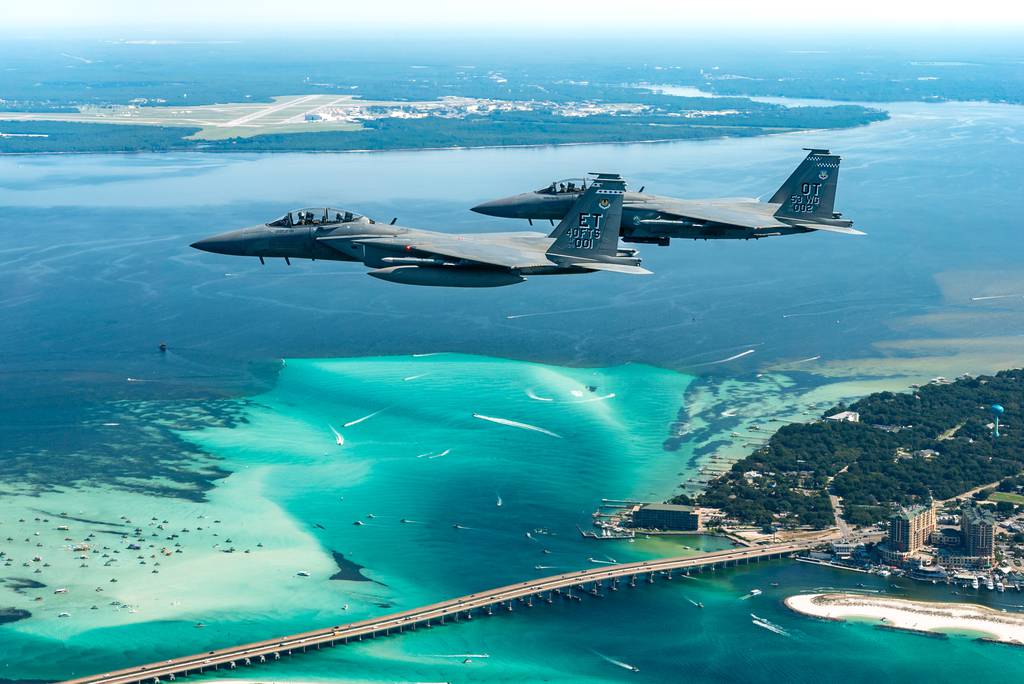
F-15EX weapons test ends key phase, could lead to production decision
The F-15EX took part in 19 large-force events to test how well it could integrate with fifth-generation aircraft and fire missiles.
Forest Green
ACCESS: Above Top Secret
- Joined
- 11 June 2019
- Messages
- 5,093
- Reaction score
- 6,674
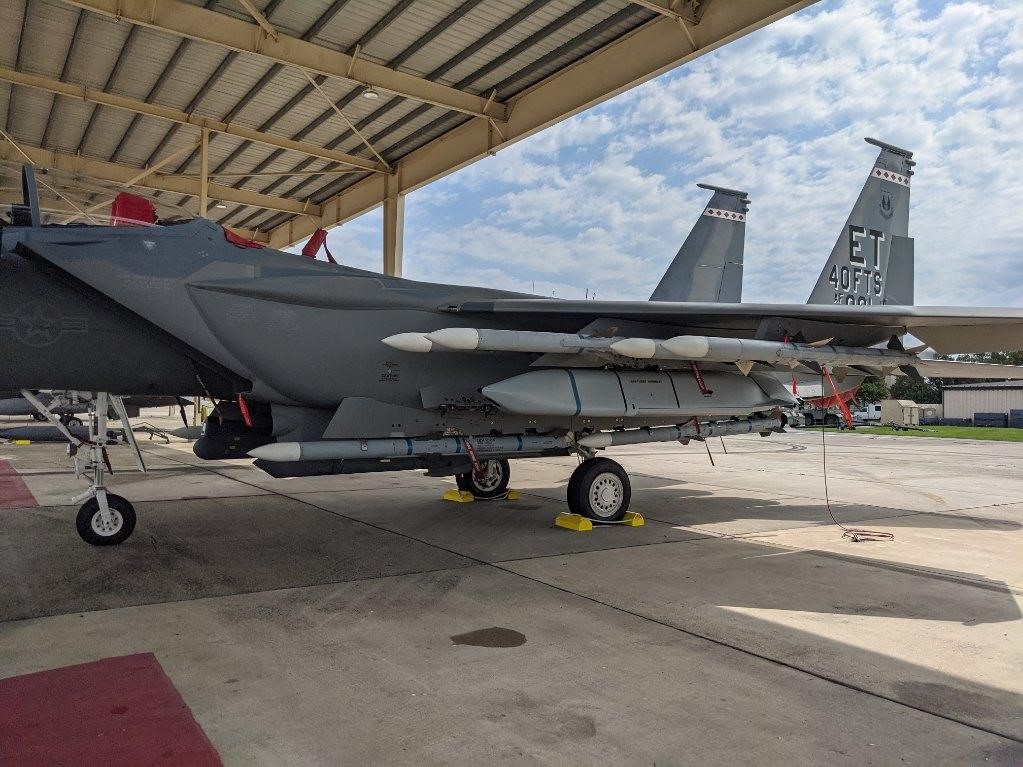
F-15EX Finishes First Phase of Integrated Testing With JASSM Shot
The F-15EX has completed the first phase of its initial testing program, and a full-rate production decision is expected in the fall.
View: https://twitter.com/AirPowerNEW1/status/1699033255511527618?s=20
- Joined
- 11 February 2010
- Messages
- 1,451
- Reaction score
- 1,955
Scott Kenny
ACCESS: Above Top Secret
- Joined
- 15 May 2023
- Messages
- 5,996
- Reaction score
- 4,842
I'm not expecting much RCS reduction, if any.I wonder how far Boeing will take RCS reduction measure for this aircraft. Back in the day they do advertise RCS reduction in F-15 Platform. The SE and this one, the F-15FX for JASDF.
Similar threads
-
-
J
-
-
-
Poland Attack Helicopter competition between Bell and Boeing
- Started by RavenOne
- Replies: 10

